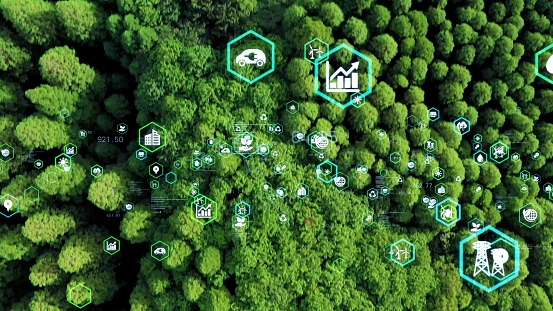Understanding how different types of sustainable energy compare to traditional forms of energy can be challenging for many students. While this topic is a favorite among environmental educators, it can be difficult for some high school and college students. The good news is that there are several online programs that can help guide high school and college students in the process of learning about renewable sources of energy. With the proper research, these types of programs will not only introduce students to several types of alternative energy, but they will also show them how the alternative energy is produced. The following types of sustainable energy are discussed below:
Biofuels are fuel sources obtained from biomass such as corn and switchgrasses. Ethanol, biodiesel, bioethanol, and biodiesel fuel are produced from plant life such as cellulose and switchgrass. The production of ethanol and biodiesel is accomplished through fermentation of the sugars present in these plants. Unlike fossil fuels, biofuels have no byproducts such as carbon dioxide or sulfur oxide. This type of sustainable energy sources is often used in combination with fossil fuels during operations.
Wind energy is one of the most abundant sustainable energy sources. It can be used for powering machines such as pumps and generators, and it is also a popular option for home and small-scale applications such as boilers and furnaces. While wind energy is considered a clean energy source, it does cause some environmental impact because of the emissions associated with its production. Wind is affected by the speed and strength of the wind, the direction it spins, and the amount of dust and debris that it kicks up. A wind farm can cause a significant amount of environmental impact.
Solar power is another popular choice for environmentally conscious individuals who wish to provide for the energy needs of their future generations. Photovoltaic cells ("solar panels") absorb energy from the sun and transform it into other forms, such as electricity. Many homeowners are choosing to purchase residential solar panels to supplement their home's electrical needs. These types of sustainable energy sources are rapidly gaining momentum throughout the country.
Many citizens of the United States are concerned about the energy crisis facing the world today. Many experts believe that the energy crisis has been caused by a combination of factors, including the depletion of oil and gas reserves around the world, the growth of pollution and waste-byproducts produced by industry, and the increasing demand for energy. The energy crisis has resulted in a number of tense situations between nations, causing strained relations between countries and pushing up oil prices. One way that people can help alleviate the problems of the energy crisis is to switch to alternative energy sources such as solar and wind power. By using these types of sustainable energy sources, people can significantly reduce their dependency on fossil fuels and promote a cleaner environment.
There are many different methods that people can use to implement sustainable energy management at their homes. However, it is important that each household follows a similar strategy so that the benefits are spread across the household over time. One way that people can make the most of their implementation of sustainable energy management strategies is to hire an expert to implement the plan, or a team of experts, within a very short period of time. In order to complete the most effective implementation of the strategy, however, the homeowner must first work closely with the team of experts and ensure that all members of the team fully understand the goals of the strategic management plan.
